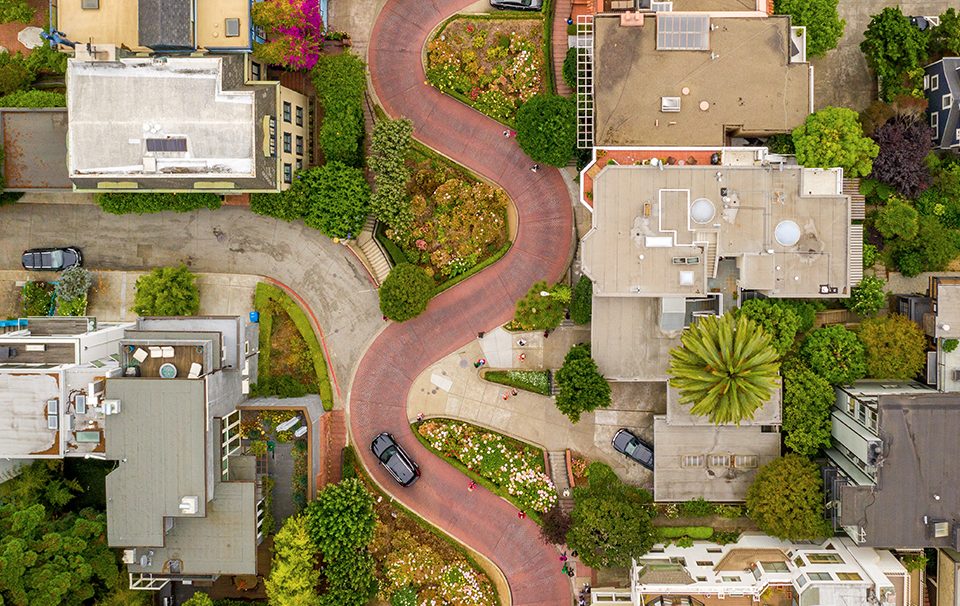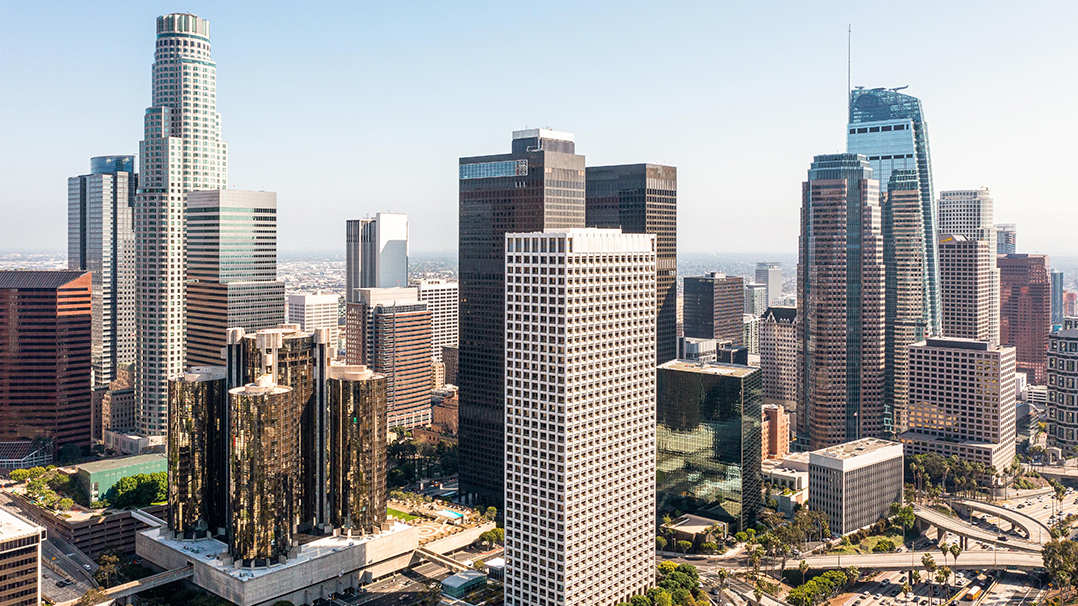
1031 Exchanges in California: Guide, Rules, Timelines & More
August 7, 2023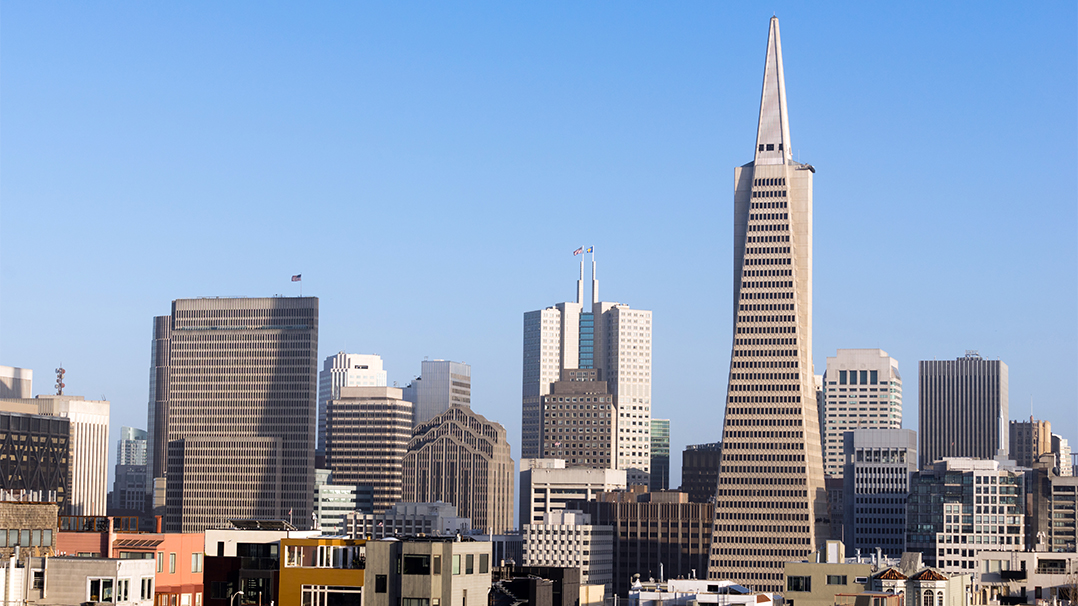
How Long Does It Take to Sell a Commercial Property in CA?
August 18, 2023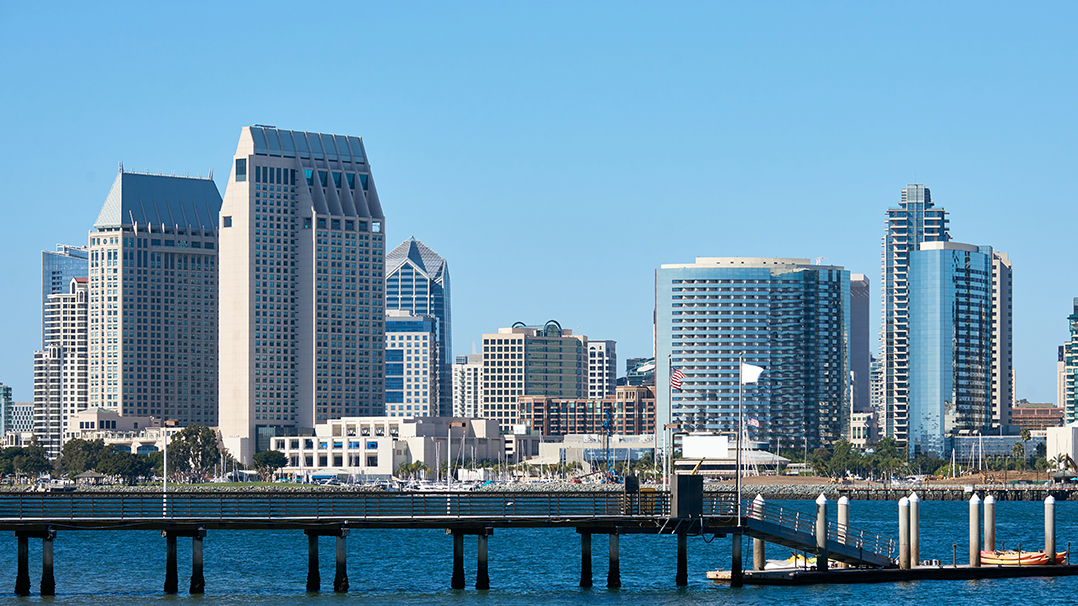
Disclaimer: I am not an attorney and this article is not intended as a substitute for advice from the appropriate legal, zoning, financial, construction and/or tax professionals. This information is provided for educational purposes only and is made without warranties or representations
San Diego is a hot market in real estate of all sorts, and commercial real estate investors are always eyeing the city with a mind for opportunities. San Diego is more than happy to oblige and has a constant rotation of incentives, grants, and other financial benefits to investing in the city.
What kinds of incentives and grants are available? Let’s look at what you can find in the city, county, and, to an extent, state as a whole.
San Diego Storefront Improvement Program
The Storefront Improvement Program, or SIP, is an annual program that provides funding to commercial businesses in the San Diego area. It provides both financial assistance and provisional design assistance to help build designs that are at once unique but tied into the neighborhood for a robust look and feel to the area.
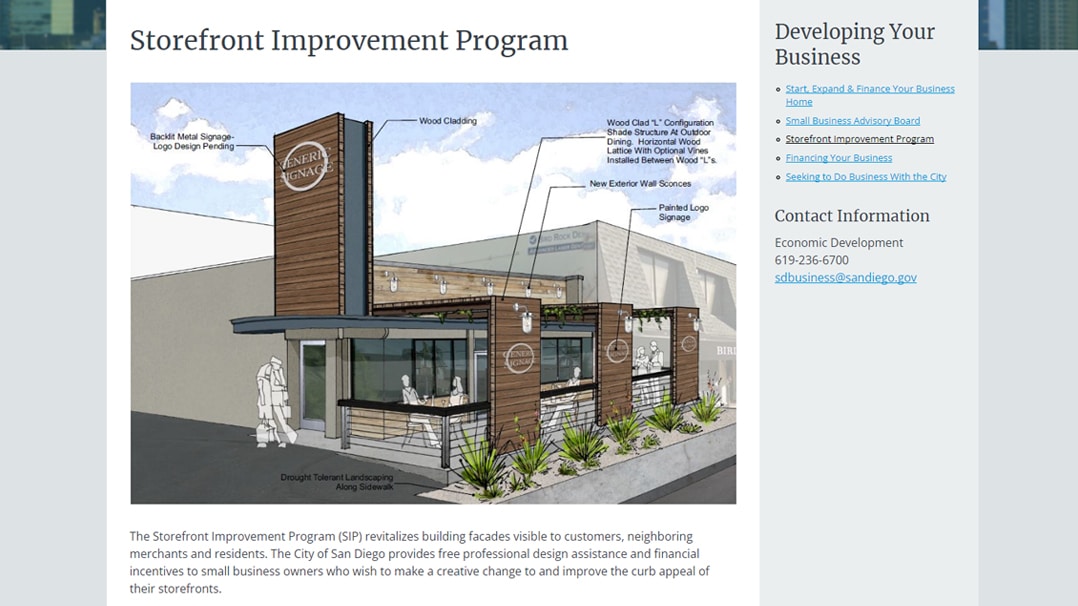
Here’s how it works:
“This program is set up to help small businesses create and implement a plan for improving their street-facing appearance. Program steps start with an eligible applicant completing the online application. Next, the City works with applicants to create a design plan, considering the budget and goals of the project. Once a design plan is finalized, the applicant can begin the installation of the agreed-upon design elements. The final step is to submit all expense documentation for reimbursement.”
In 2023, the SIP provided reimbursements for 14 projects throughout the city, providing over $84,000 in incentive funding. You can see a handful of the success stories, with before and after photos, here.
What Are the SIP Incentives?
The Storefront Improvement Program offers three different rebate options, depending on the kind of commercial real estate and business that is applying for them.

These include:
- Standard. If an applicant doesn’t qualify for either of the other two, the standard incentive is to reimburse 50% of the eligible construction costs, up to a maximum of $8,000.
- Historic Restoration. This only applies to historic buildings and to construction that is intended to restore the building to its historic state. This funding awards the applicant two-thirds of the eligible construction costs, up to a maximum of $12,000.
- Multi-Tenant Commercial. For larger commercial buildings with multiple tenants, the building owner can apply for up to 50% of eligible construction costs, to a total of $16,000.
Additionally, applicants in a Promise Zone can get up to 30% additional reimbursement above the standard cap.
What Are the SIP Eligibility Requirements?
If you’re interested in applying for the Storefront Improvement Program, you have to meet the eligibility requirements. So, what are they?
- Must be a small business with 25 or fewer employees.
- Must be located in the City of San Diego.
- Must face a public street.
- Must have a valid business tax certificate.
- Must be a commercial occupant of the property.
There are some additional restrictions as well. National franchises are not eligible. Office buildings with over 80,000 square feet of floor space don’t qualify. Residential rental businesses (like apartments and other housing) don’t qualify either. Home-based businesses don’t qualify to avoid homeowners declaring home businesses and scraping funds. Businesses that don’t face a public street don’t qualify either, which kind of sucks for some businesses, but it’s meant to improve the curb appeal of businesses, after all.

As is typical of these kinds of programs, both government- and church-owned or occupied buildings also don’t qualify for reimbursement.
Finally, if you’ve already started or finished construction before applying, if you’ve applied in the past two years, or if you’ve received funding in the last five years, you aren’t eligible.
What Improvements Qualify for Reimbursement?
While it might seem like the funds are unlimited, there are several restrictions on the Storefront Improvement Program’s reimbursement. It can only apply to construction costs and, moreover, to specific costs. Expenses related to the removal of security bars, to code compliance, or to maintenance don’t qualify.

Here’s what does qualify:
“…the installation of new awnings, windows, doors, lighting, paint, landscaping, tile or other decorative material and signs.”
“The design parameters include:
- Telling the story of the business through good design;
- Respecting original features of the building, including the use of color and suitable materials;
- Limiting additional signage by incorporating it into the building’s design; and
- Using of suitable landscaping that will aid in the preservation of community scale and character.”
The Storefront Improvement Plan is already closed for 2024’s fiscal year, but it’s an annual program operated by the city, so you can always wait for the next go-around to apply. In the meantime, check the official site and view the application documents so you can fill them out and have your application ready to go when the next round opens up.
City of Villages Development Incentives
In the last few decades, San Diego has been working on a program of sustainable growth focused on smaller neighborhoods. The plan acknowledges that, for a city the size of SD, there’s no such thing as a one-size-fits-all strategy. Instead, it focuses on building up individual areas as “villages” and treating San Diego as a whole as a “city of villages.”
As part of this program, various neighborhoods around the city were evaluated to become part of the pilot program.
“The Pilot Village program will serve as a catalyst for implementing the City of Villages strategy adopted by the City Council in October 2002. It is designed to build working examples that demonstrate how villages can benefit communities citywide.”
The City of Villages pilot program is already closed to new applications, and the five pilot villages have already been chosen. However, if you’re the owner of commercial real estate in one of these villages – or you want to invest in the villages to get a cut of the incentives and build your portfolio – here’s where they are.
- Mi Pueblo
- The Boulevard Marketplace – MCTIP
- North Park
- The Paseo
- Village Center at Euclid and Market
The goal of the pilot programs was to try different strategies for building these villages and learn from them to see what works and what doesn’t. That information can then be carried forward, either into additional pilot villages in a round two or as citywide investments in the revitalization of various neighborhoods.
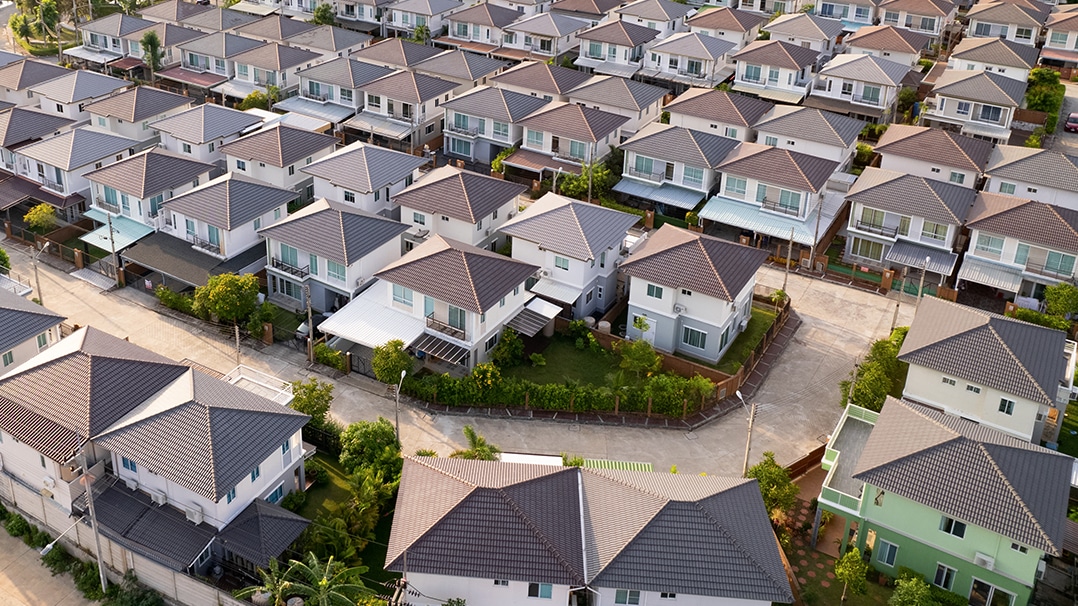
What are the incentives these pilot villages received?
“In addition to the honor and prestige of being selected, Pilot Village projects are eligible for incentives, which include:
- Priorities on infrastructure upgrades or replacements
- Deferral on collection of fees
- Council Policy 900-12 Business Industry Incentives
- Funding sources such as handicapped access, rebates on property taxes, and revolving loan funds
- Assistance related to policies and regulations on the undergrounding of utilities, affordable housing, and Community Development Block Grants.”
Of particular interest is the third line, the 900-12 business incentives.
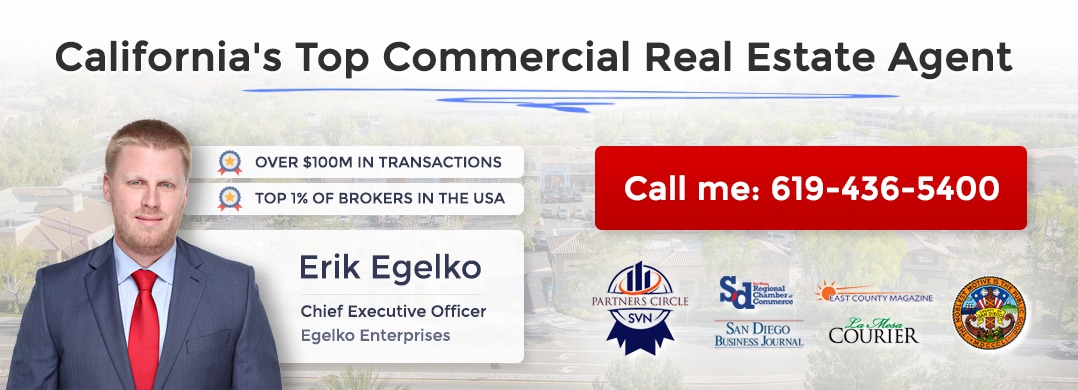
Policy 900-12 was first implemented all the way back in 1993, meaning it’s now 30 years old. It was last updated in 2001, so it’s overdue for a refresher, but that doesn’t mean it’s entirely ineffectual.
Okay, well, 900-12 has had its share of issues. From failing to help some businesses, to giving tens of thousands to a national chain, it needs some work. Still, granting priority access to the otherwise difficult-to-access incentives makes the pilot village program very useful indeed.
The City of Villages concept has gone through a lot of ups and downs since it was first proposed nearly 20 years ago. Some neighborhoods have had it better than others, but it’s a great opportunity for commercial real estate investors to make great improvements and spur on the development of a neighborhood.
City and State Green Investment Programs
California is one of the leading states in the nation – and consequently, one of the leading areas in the world – for pushing the boundaries on what can be done with investment into green energy and other related technologies.
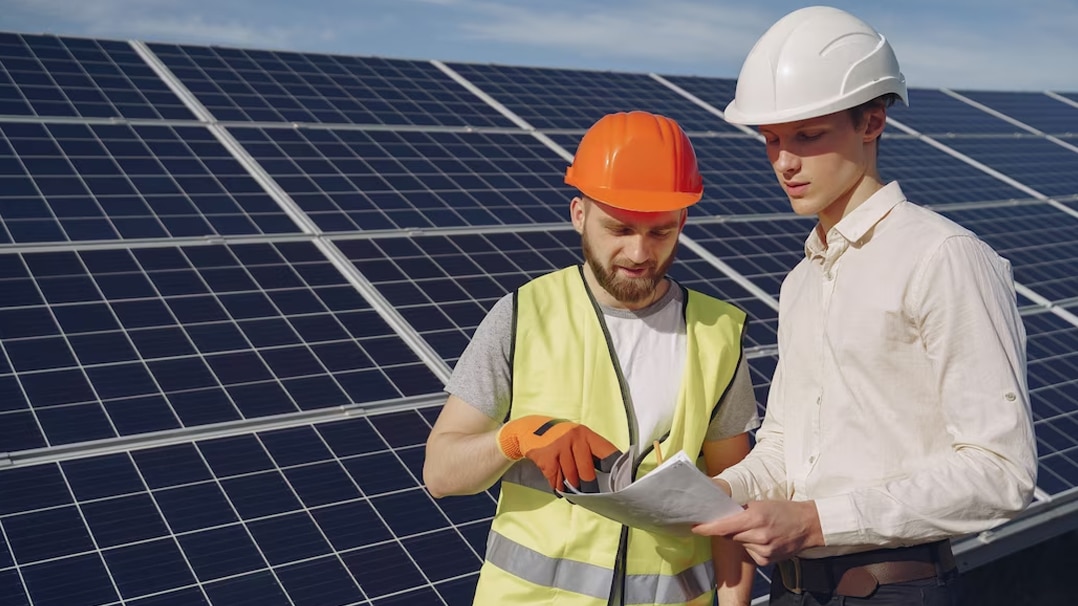
Both San Diego at the city level and California at the state level offer a variety of incentives. These range from pushing for more energy-efficient construction and green building initiatives, to installing solar panels and other forms of green energy, to incentives to help install electric car charging infrastructure throughout the city. Many of these incentives have been going on for years, and quite a few of them still continue, though there’s always some fierce opposition and some ups and downs with funding.
Examples include:
The County of San Diego Green Building Incentive Program
This program is an incentive system for county-wide construction, making use of modern green practices to reduce environmental impact and increase energy efficiency.
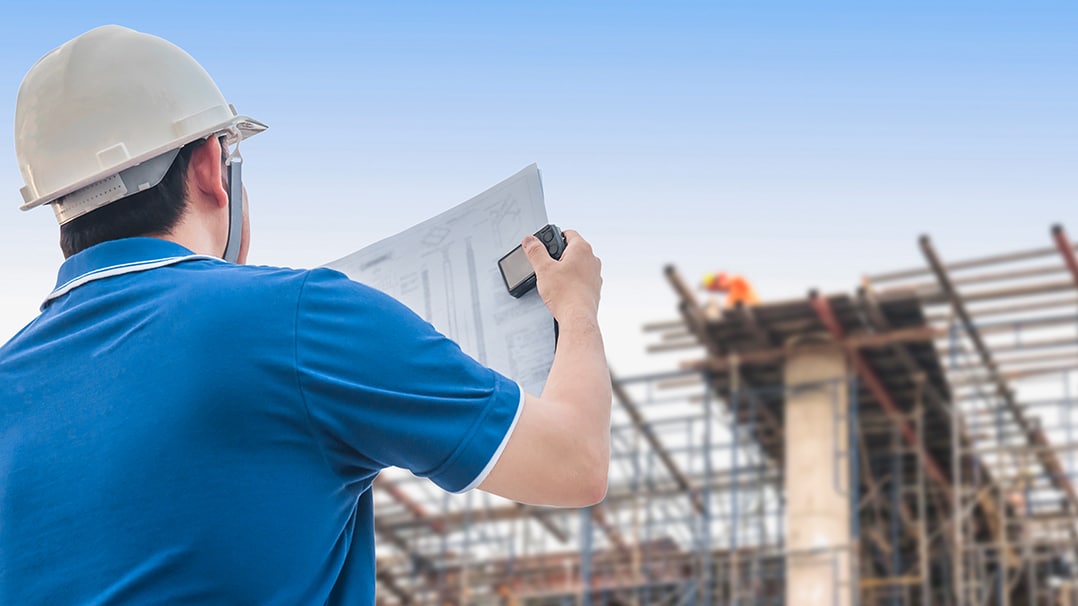
Eligibility requires one of three compatible conservation measures.
- Natural Resource Conservation. If 20% or more of the materials used in your building themselves contain at least 20% of recycled materials, or if 50% or more of your primary building material is recycled, you can qualify. Alternatively, straw bale construction (a unique and underutilized technique) can qualify you for the incentives.
- Water Conservation. In this case, it’s an incentive for a greywater system. Greywater is water from baths, showers, sinks, and washers, but not toilets and other wastewater. It can be filtered and used for subsurface irrigation, at which point the qualifying system (as long as it meets state standards) can qualify you for incentives.
- Energy Efficiency. Commercial projects that exceed CEC standards by 25% or more can receive incentive funding.
There are other county-wide incentives, like those provided by San Diego Gas & Electric, which include rebates for energy-efficient appliances and other technology.
CAL eVIP Incentive Projects
This is a currently-expired but possibly returning incentive program in San Diego County, in partnership with SANDAG and SDAPCD. It is, or rather was, a series of incentives specifically for charging systems for electric vehicles. Incentives included a base rate for installing infrastructure, with additional incentives for doing so in disadvantaged areas, in multi-unit dwellings, and elsewhere.

Unfortunately, at the moment, all available funds are reserved. As the program completes, it’s entirely possible that more funds will free up, or more funding will be added, and another round of applications could become available.
Waterscape Rebate Program
San Diego has a variety of water management concerns, and as climate change makes its presence known, they will become more and more important.
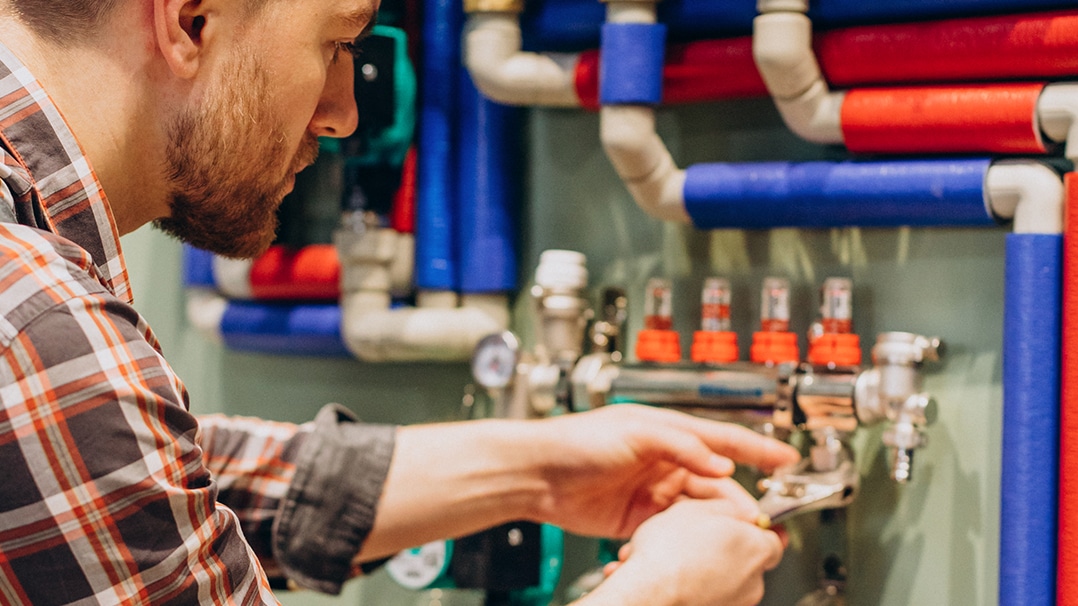
The Waterscape Rebate Program offers a variety of different incentives, from rain barrels to landscaping that replaces water-hungry turf with drought-resistant and native plants and even septic system replacements and improvements. There’s a lot there, so check out the official site for more information.
Affordable Housing Funding in San Diego
Another common source of incentives from San Diego’s government is their investment in expanding affordable housing. Fighting homelessness is an ongoing, endless fight in California, and while no single solution can ever fix the problem entirely, it can be attacked from many angles.
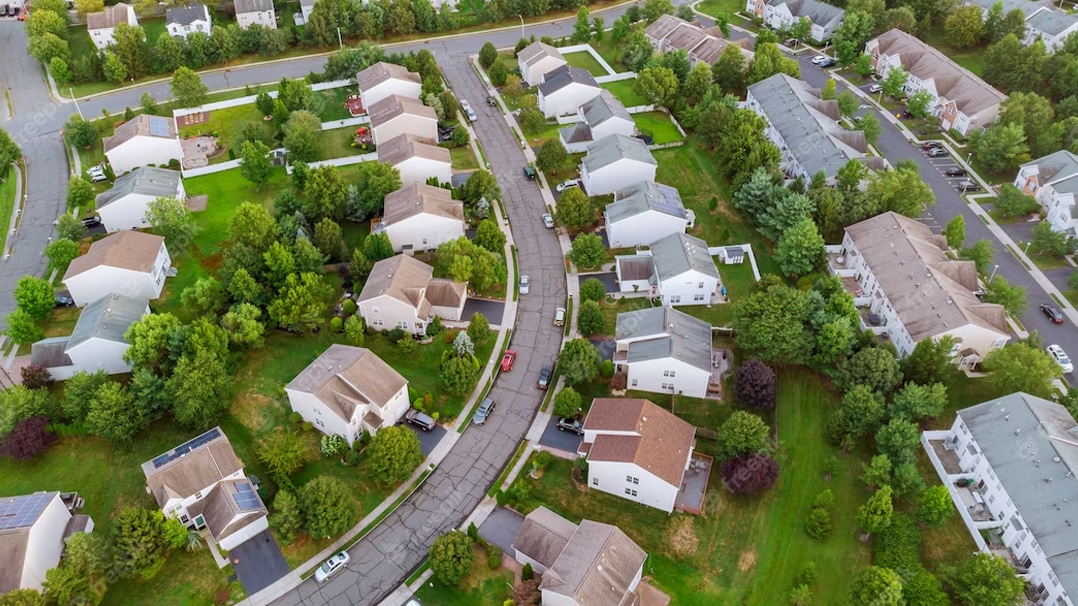
For commercial real estate investors, one significant source of potential investment is multi-unit housing. In particular, affordable housing presents unique challenges but also unique benefits. In this case, San Diego has an investment program specifically for developing, improving, and making accessible affordable housing.
These are annual programs, and while the 2023 application window is already closed, it’s another program you can keep an eye on to apply for next year if you qualify. You’ll need to browse their official site, linked above, to get more information on the various programs and what does and doesn’t qualify.
Buying or Selling in San Diego?
As a commercial real estate investor, managing your portfolio and making the smartest decisions for you personally will always come first. Sometimes, that means buying into developing areas in San Diego and putting your investment in to take advantage of rebates and incentives while growing the value of your buildings. Other times, it means selling so others can do that legwork while you turn elsewhere.
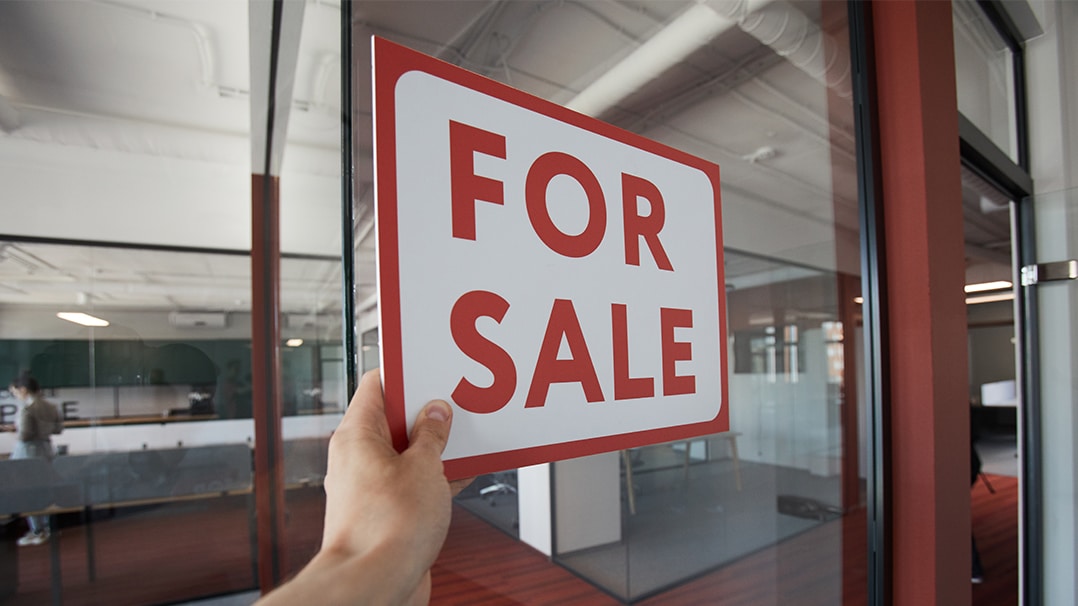
In either case, you need a good real estate broker to manage the buying and selling for you. That’s where I come in. As California’s top commercial real estate broker, I’m always available to represent you as a buyer or seller to make sure you get the best possible deal for your portfolio. What are you waiting for? Get started today.

Erik Egelko is a veteran of the commercial real estate business with a specialized focus on Investment Property Sales. In 2021 and 2022, Erik was the #1 ranked Broker in California for one of the largest CRE Firms as well as ranked in the Top 1% of brokers nationwide. He has extensive experience in a variety of asset types including: Retail Shopping Centers, Medical Office Buildings, Industrial Properties, and Multifamily Apartment Complexes. Over the course of his career, Erik has closed over $100,000,000 of commercial property sales throughout Southern California.


